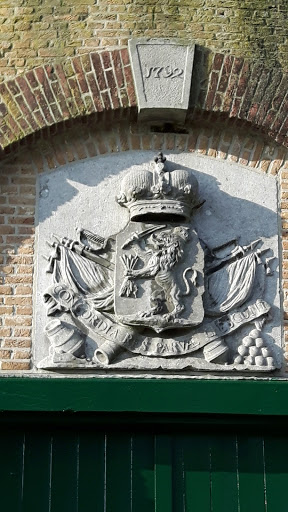royal hobbies: coin collection

The collection of coins for their artistic value was a development and a real royal hobby. My own modest coin collection from the royal Family of Belgium received by my co-worker History Historical records state that in Ancient Rome and medieval Mesopotamia coins were collected and catalogued by scholars and state treasuries. Emperor Augustus sometimes presented old and exotic coins to friends and courtiers during festivals and other special occasions. More about Augustus on this link . Coin collecting and appreciation began around the fourteenth century. During the Renaissance it became a must among the members of the priveleged classes, especially for Kings and Queens. Many European Kings, princes and other nobility kept collections of ancient coins. Collectors Emperor Maximilian I of Austria (1459 - 1519) was a member of the House of Habsburg. He married to Mary of Burgundy. Maximilian - Source picture Wikipedia More about Maximilian and the House of Habsburg on this link











.svg.png)
